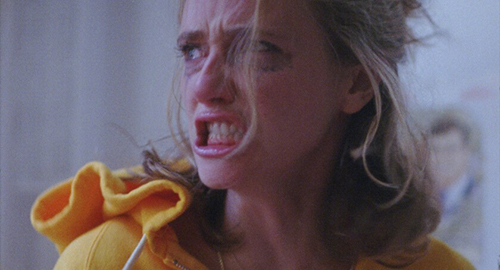
 Fritz the Cat, a countercultural icon based on the work of Robert Crumb, kind of proves that the counterculture really didn’t have that extremely large of a foot to keep on truckin’ through the ’70s. Ostensibly about a liberally fraudulent cat who loves to have as much unsolicited intercourse as possible, this animated film made — I’m willing to bet — far more Republicans than Nixon ever could.
Fritz the Cat, a countercultural icon based on the work of Robert Crumb, kind of proves that the counterculture really didn’t have that extremely large of a foot to keep on truckin’ through the ’70s. Ostensibly about a liberally fraudulent cat who loves to have as much unsolicited intercourse as possible, this animated film made — I’m willing to bet — far more Republicans than Nixon ever could.
In the typical fashion of director Ralph Bakshi, an extremely hit-or-miss filmmaker, we find Fritz hanging out in an anthropomorphized variation of New York City, getting high, having group sex and, I think, dropping out of school.
After a series of New York-based adventures, we follow him and a female dog (a bitch, get it?) to the deserts of California where, after a Nazi rabbit brutally beats a horse prostitute, Fritz hooks up with a terrorist organization to blow up a power plant, blowing himself up, with unsettling sexual results.
More a collection of art pieces than an actual linear story, Fritz the Cat seems to be made up of barely connected vignettes, done in the artistic stylings of early ’70s greeting cards. In between all of the horribly unsexual sex, the use of constant racial figures is most troublesome — for example, Black people are jive-talking crows — taking the film into Song of the South territory.
But that was the ’70s in America, I guess.
The first cartoon to be rated X, Fritz the Cat shouldn’t be banned, but it’s probably right where it deserves to be: a misfire and multicolor oddity that, honestly, could be mostly ignored and, thankfully, is. —Louis Fowler



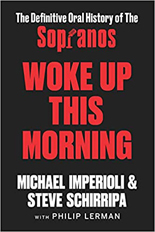
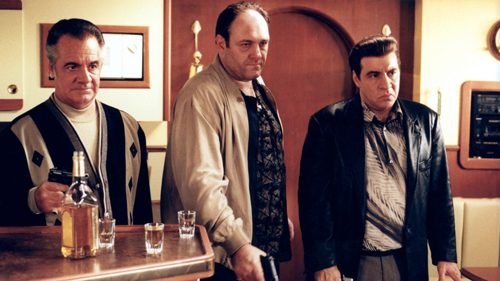

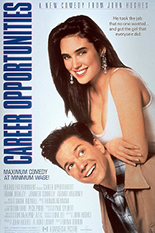


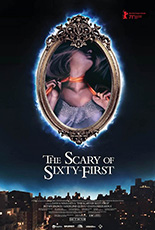 Couched in the hustle and bustle of a Manhattan Christmas season, The Scary of Sixty-First is an equal-parts exercise in conspiracy-theory paranoia and art-school fuckery. Ho-ho-ho-hum.
Couched in the hustle and bustle of a Manhattan Christmas season, The Scary of Sixty-First is an equal-parts exercise in conspiracy-theory paranoia and art-school fuckery. Ho-ho-ho-hum. 